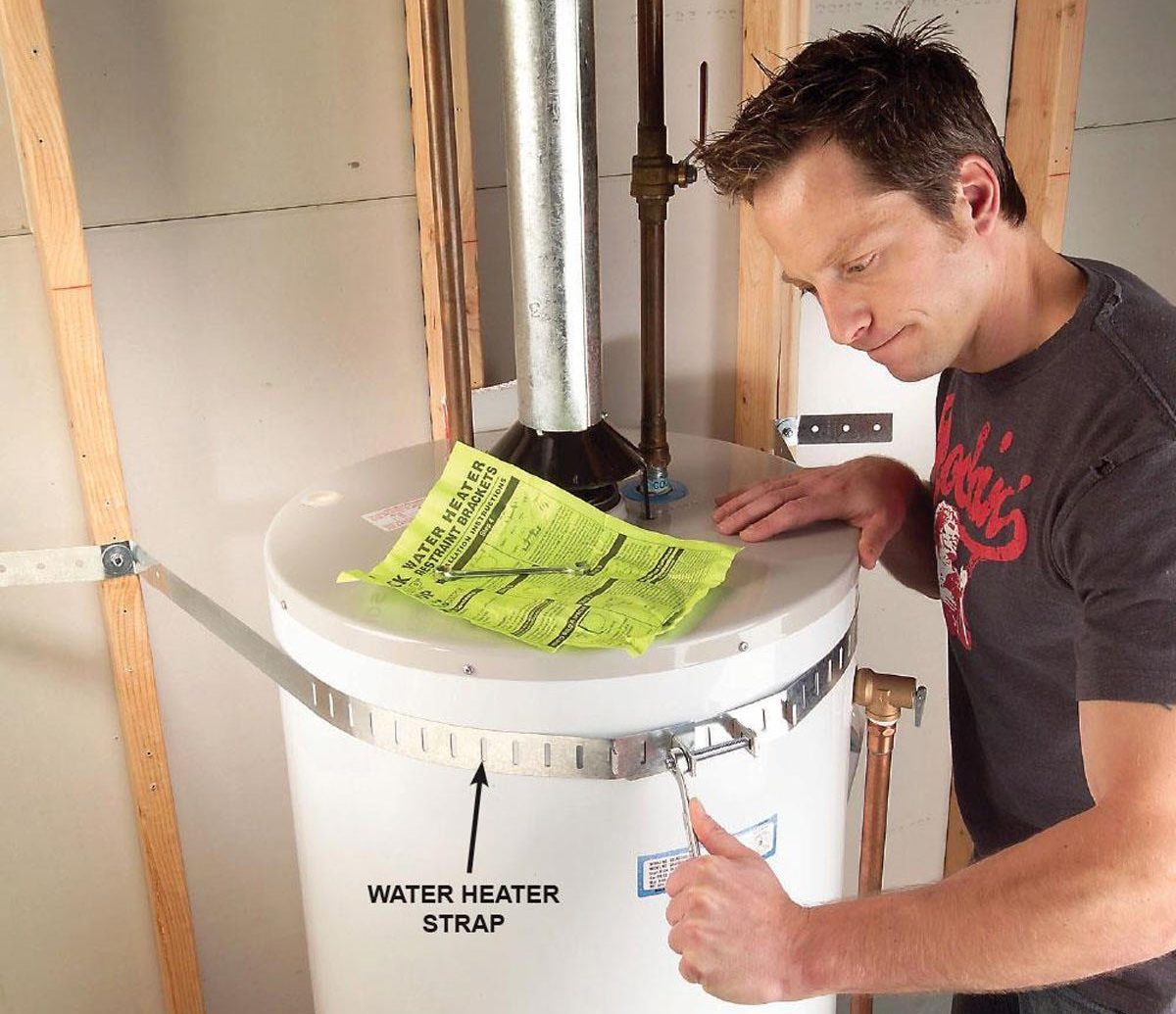
Make a prioritized list
The minute you walk in to your new home, your mind will be racing with to-dos. Keep this overwhelming task list at bay by keeping a notebook in a central location, and write down every action item you or your family thinks of throughout the day. After 24 hours cut the list off, and prioritize each item with a 1, 2, or 3. First priority should be items completed that week, such as safety concerns, cleaning, and unpacking essentials. Priority two should be tasks completed within the next two months: anything related to organization, maintenance, and remaining unpacking. Priority three tasks should be non-essential improvements and projects you’d like to complete within the year: renovations, landscaping, and large purchases.
Make sure you check out these 17 clever home improvement ideas under $200.
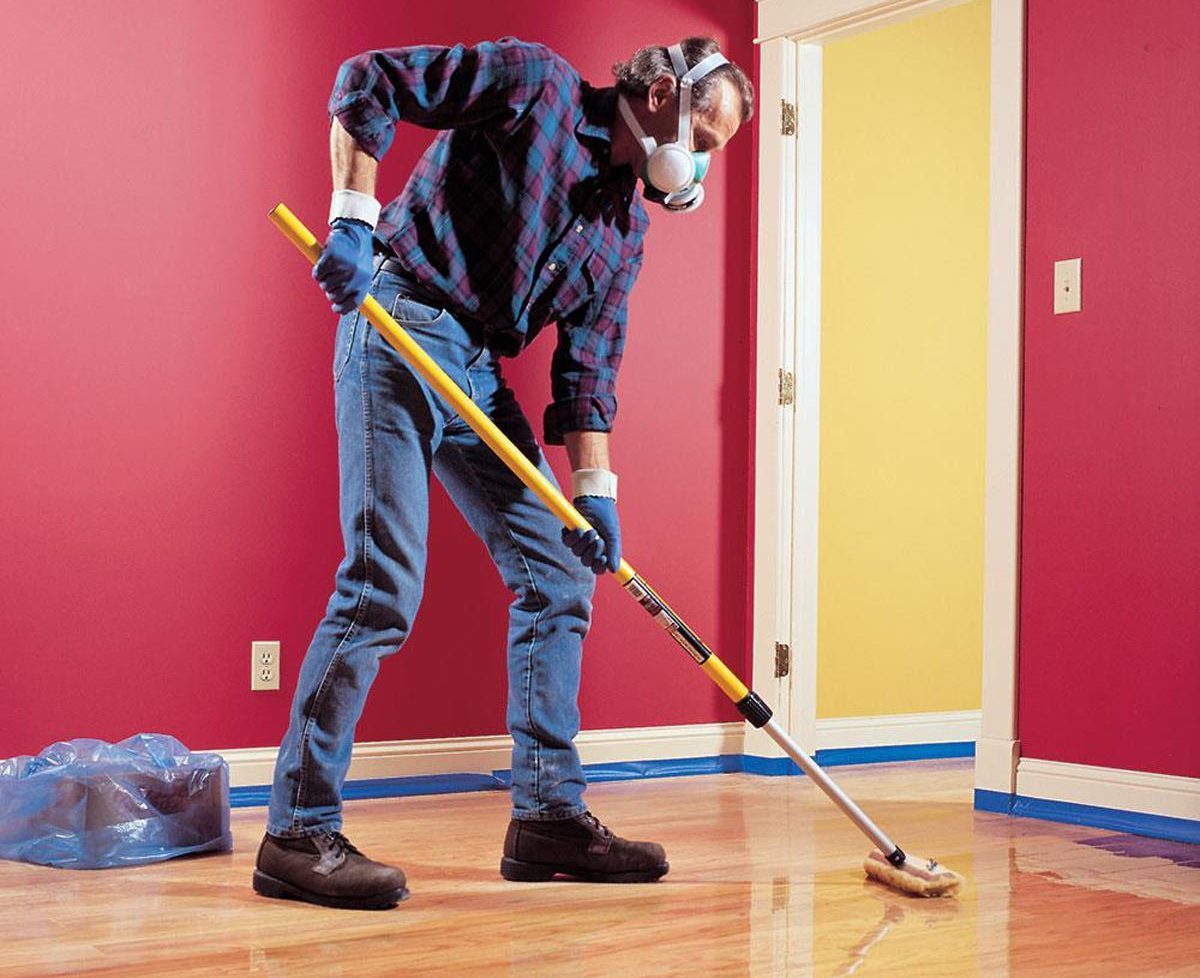
You can refinish your own hardwood
Intimidated by this seemingly daunting project? Don’t be. If you have the will and a whole day (or two) to yourself, you can refinish the hardwood floors in the major areas of your home. You don’t necessarily need to sand, but if the floor is damaged enough to warrant buffing, check out your local hardware store and rent the equipment for anywhere from four to 48 hours.
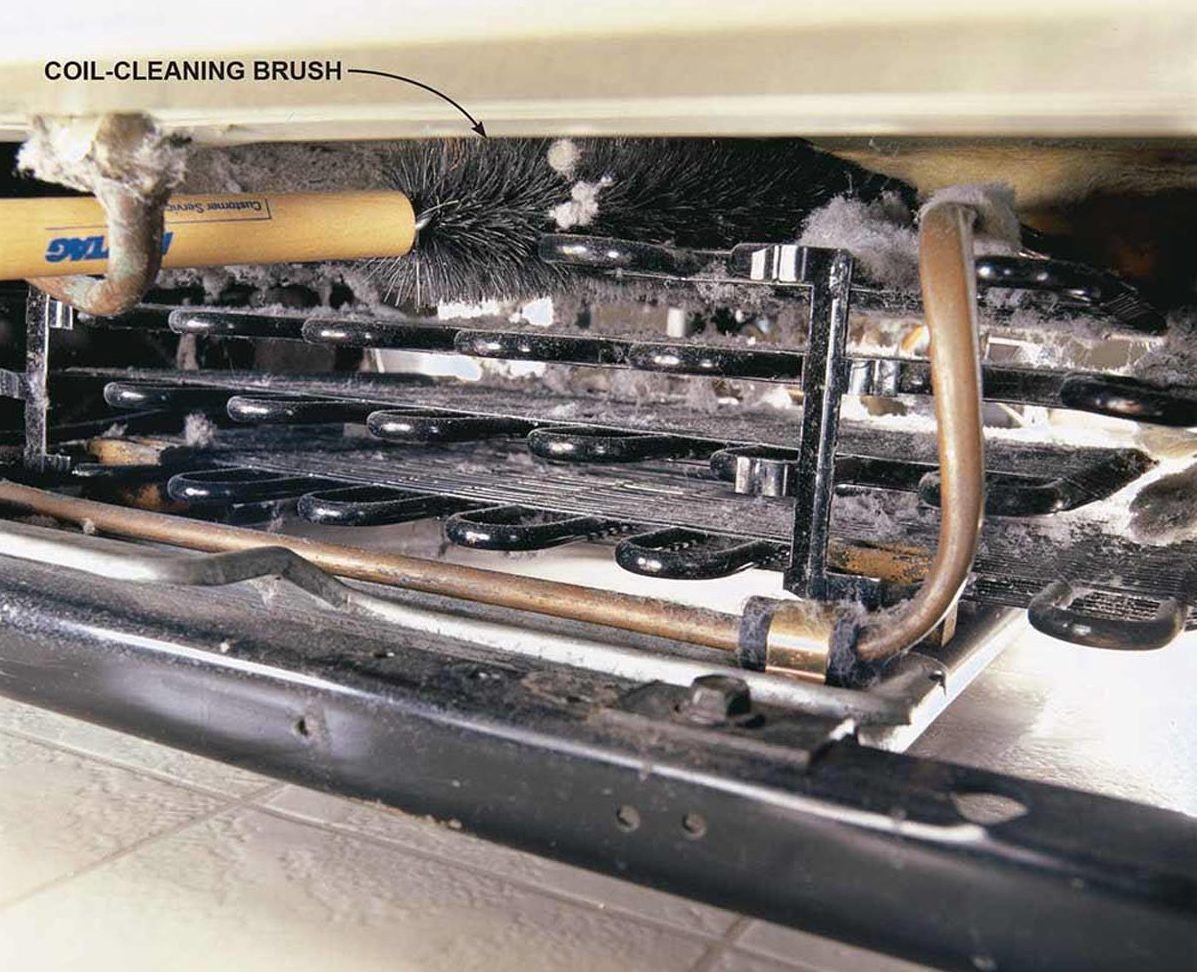
Clean refrigerator coils—or pay unnecessary repair bills
Refrigerator condenser coils are located on the back of the fridge or across the bottom. When coils are clogged with dust, pet hair and cobwebs, they can’t efficiently release heat. The result is your compressor works harder and longer than it was designed to, using more energy and shortening the life of your fridge. Clean the coils with a coil-cleaning brush and vacuum. A coil-cleaning brush, which is bendable to fit in tight areas, does a thorough job. Look for one online or at appliance stores.
Don’t miss these 20 home repairs anyone can do.
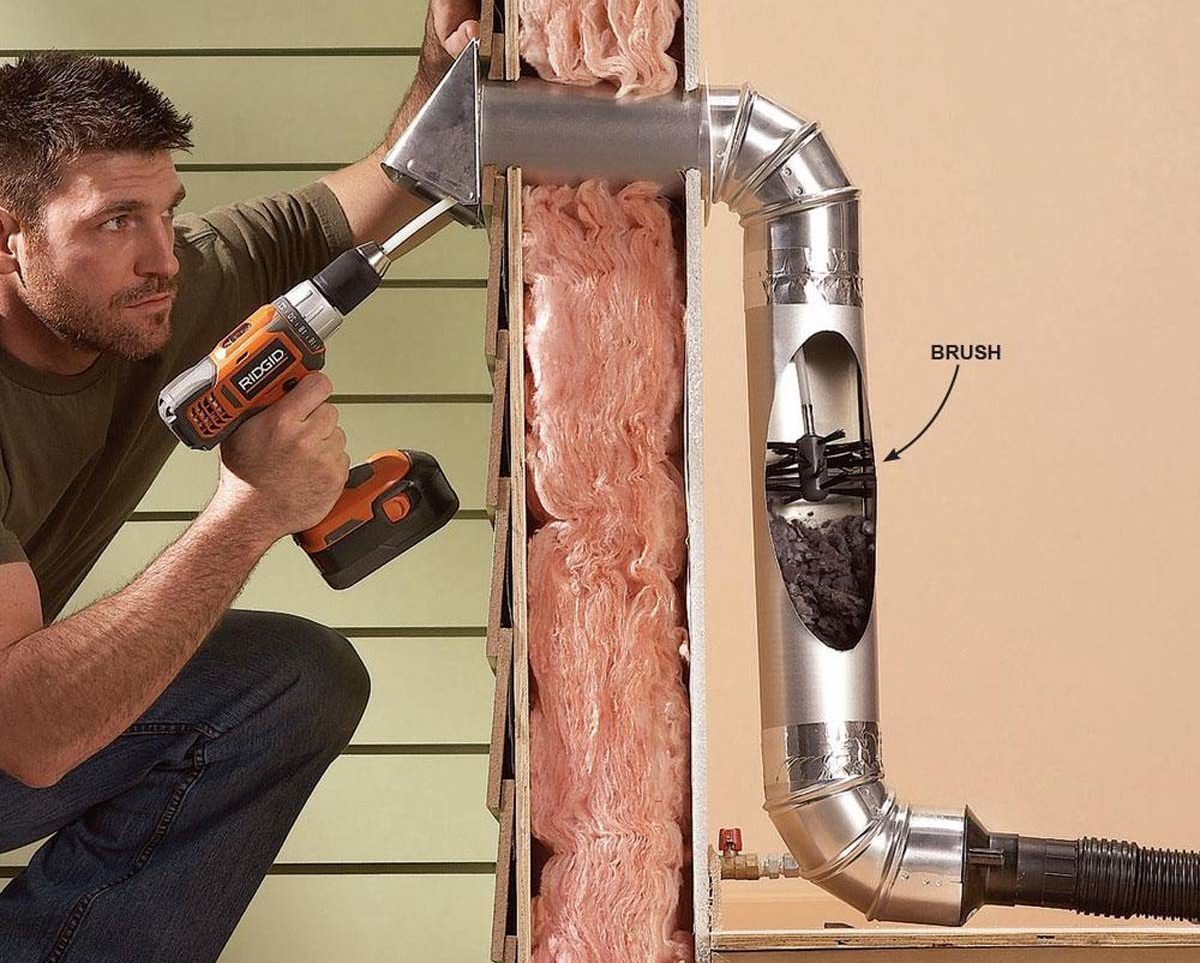
Clean out the lint for dryer efficiency and save up to $25 a year
A clogged lint screen or dryer duct drastically reduces the efficiency of your dryer, whether it’s gas or electric. Clean the lint screen after each load and clean the exhaust duct once a year. Lint buildup is also a common cause of fires. Dry loads of laundry back-to-back so the dryer doesn’t cool down between loads (a warm dryer uses less energy). And only run the dryer until the clothes are dry. Over-drying damages your clothes and runs up your electric bill. If you’re in the market for a new dryer and already have a gas line in the house, go with a gas dryer. A gas dryer is more efficient.
A single load of laundry causes major water pollution. We found the solution.
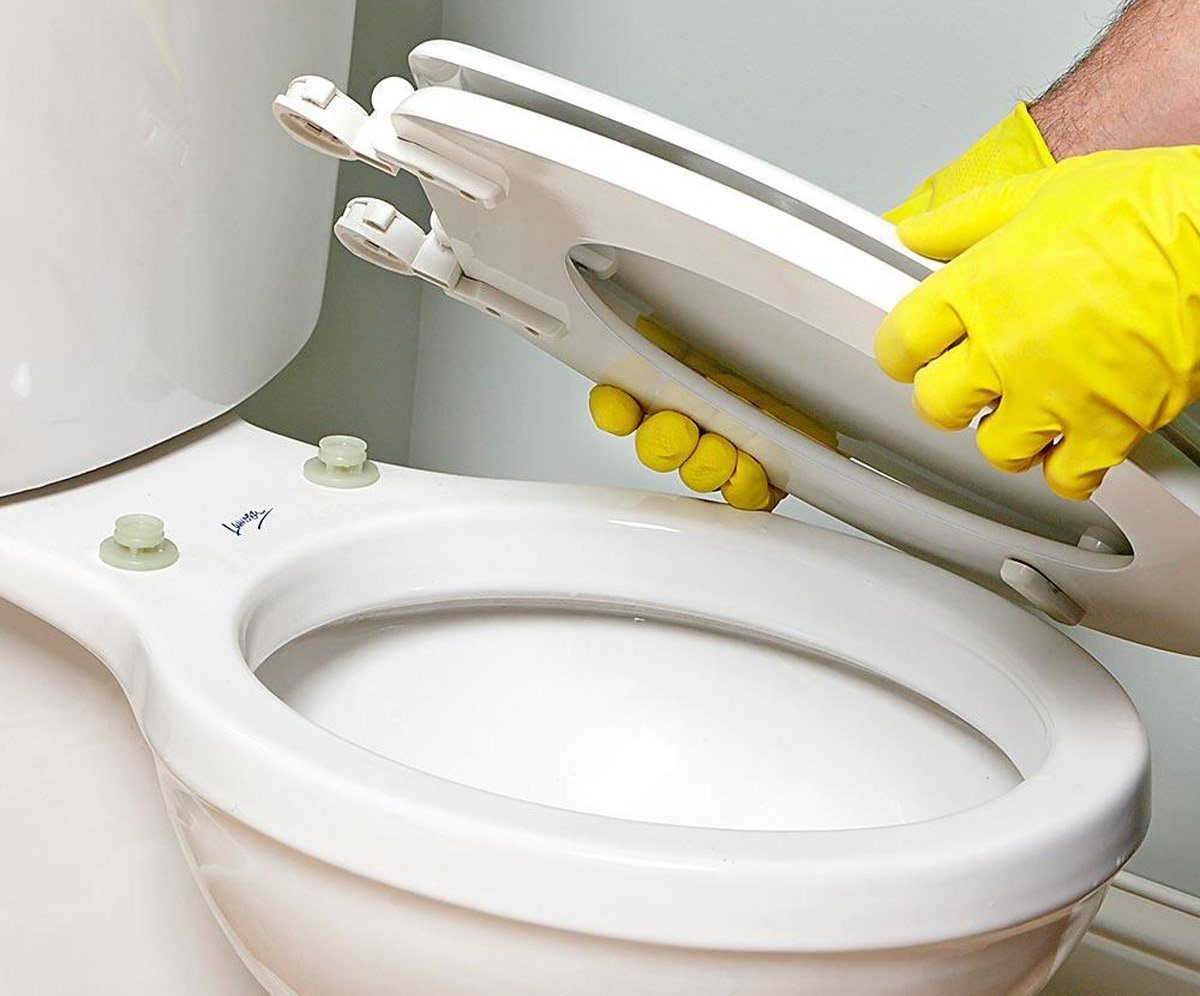
Install a detachable toilet seat
It seems like no matter how hard you try, you can never get the hinges on the toilet seat clean. There’s always a bit of cleaning solution that seeps underneath and creeps out later. Installing a detachable toilet seat solves the problem.
Check out these 20 spring cleaning tasks you can do in 1 minute or less.

Get to know your house before making big changes
Live in your home for 12 to 18 months before undertaking any major renovations such as additions or knocking down walls. What you initially think you want may change after you’ve lived there for a while.
Make sure you’re aware of the 12 home renovations you’re likely to regret later.
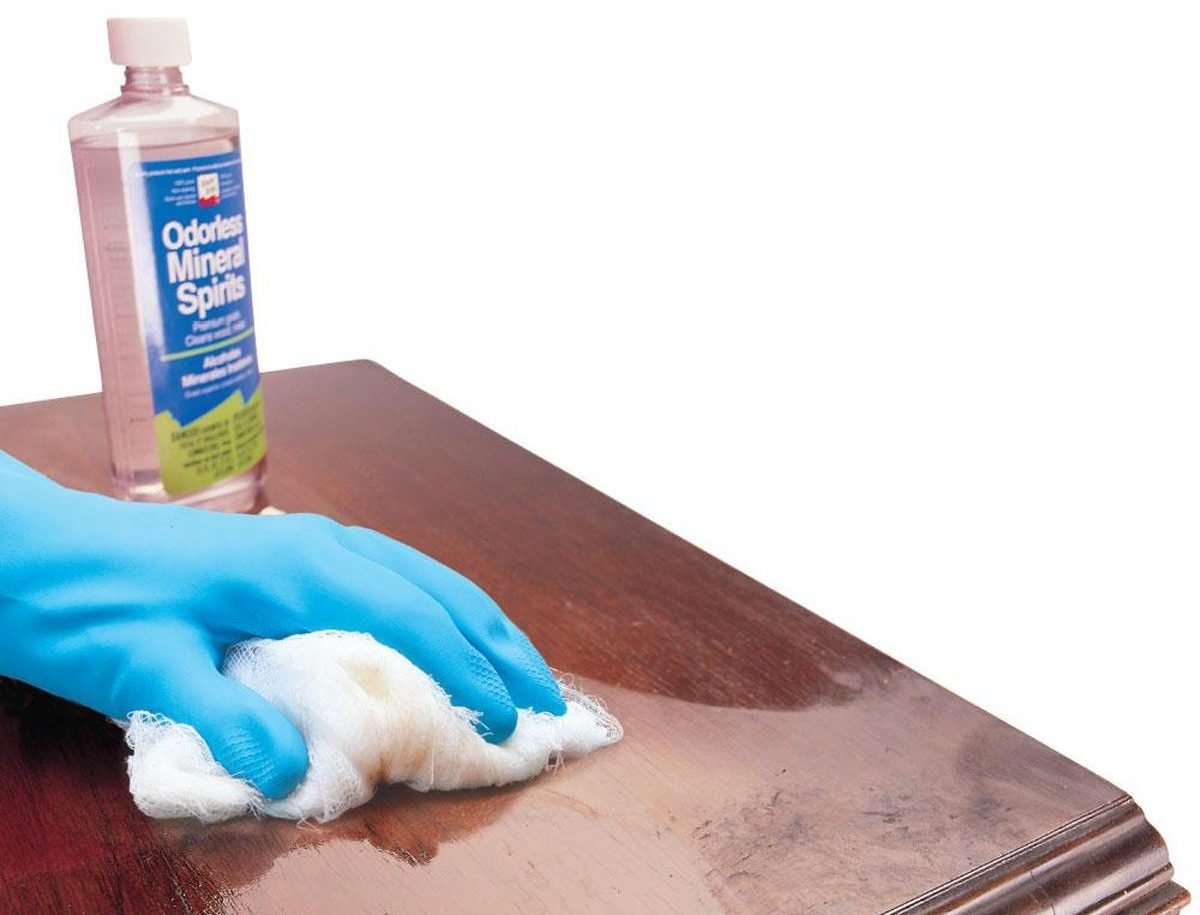
Renew wood with mineral spirits
If the finish on your furniture or woodwork is dull and murky, it may need refinishing. But before you take on that project, take a tip from furniture restorers and clean it with mineral spirits. Mineral spirits—sometimes labelled “paint thinner”—is a gentle solvent that dissolves years of grime and residue from cleaners or polishes without harming wood finishes. Get it at a home centre or paint store. Just soak a soft cloth and keep rubbing until the cloth no longer picks up grime. Work in a well-ventilated area, and remember that the fumes are flammable. Hang the cloth outdoors to dry before throwing it in the trash.
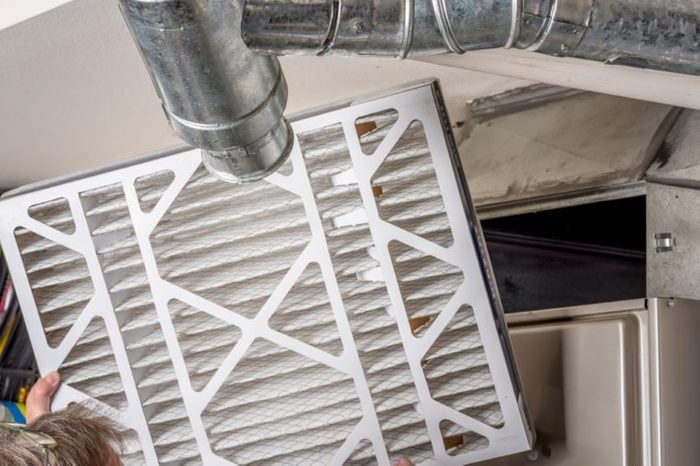
Replace the furnace filter
One of the fastest ways to create problems with a forced-air heating and cooling system is to forget to replace the filter. Locate the furnace filter and buy replacements if the previous owners didn’t leave you a stash. Replace the filter (and get in the habit of doing it every month).
Beware of the 10 common causes of house fires in Canada.
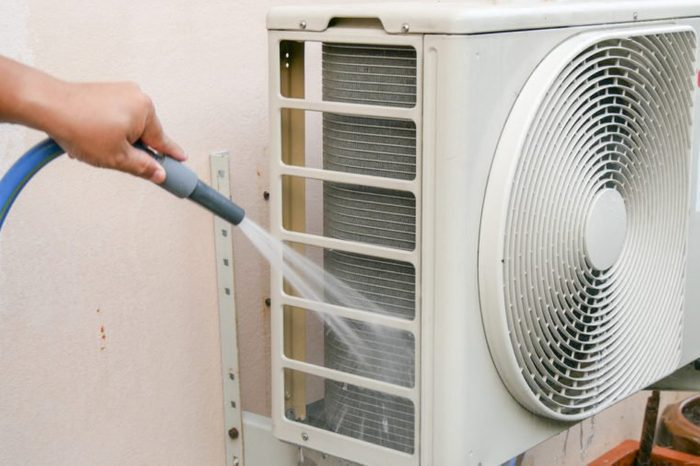
Clean air conditioner condensers and evaporators
A little sweat equity now will help both your wallet and your comfort level later when summer’s heat sets in. Most of the job can be done without the help of a professional, and by servicing and testing out your cooling system now, you will have plenty of time to make an appointment with an air conditioning contractor if there’s any unforeseen issues. After cutting off the electricity to the unit, vacuum the outdoor condenser’s exterior fins with a soft-bristled brush and clear away bushes, weeds, and overgrown grass within two feet of the unit. Indoors, replace the furnace filter on the evaporator unit, vacuum the blower compartment, and clean the condensation drain.
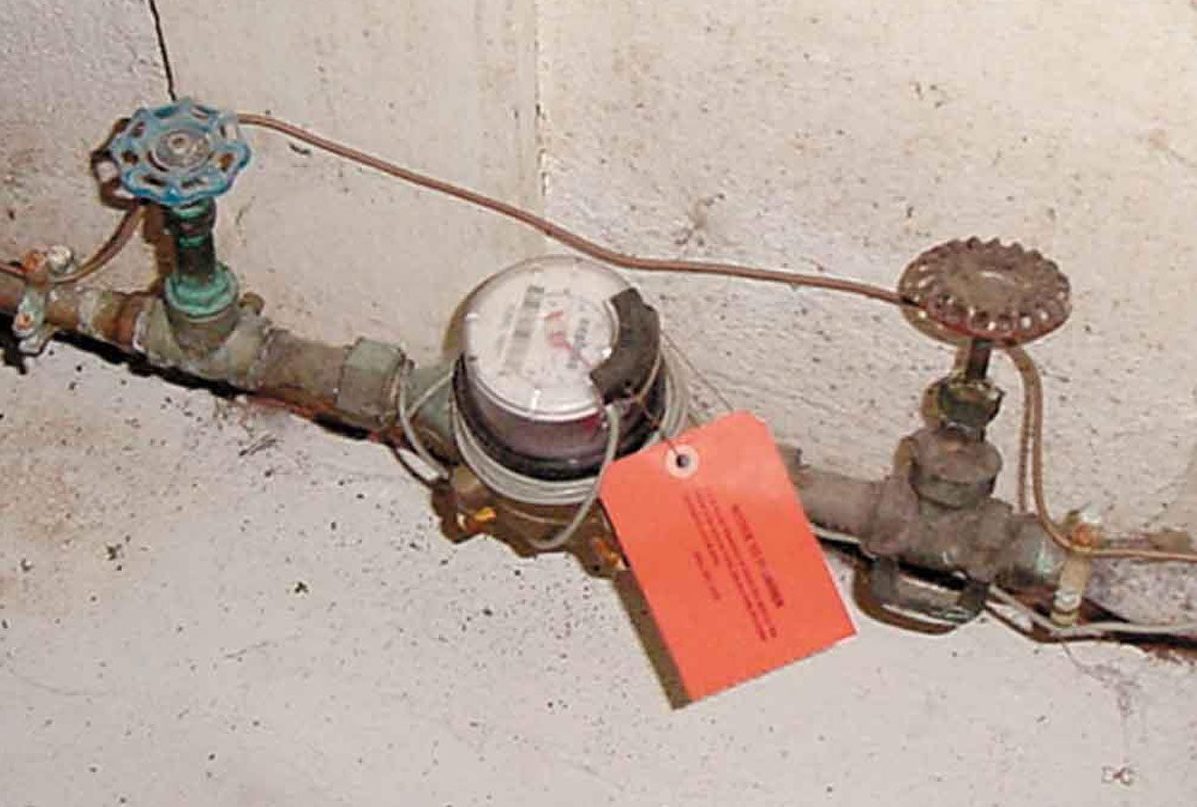
Locate your home’s main water shutoff valve
Learn where you main water shutoff valve is in case you need to shut off the water to your entire house, and know where to find the gas shutoff too.
Almost all homes have one main shutoff valve directly before the water meter and another directly after. Where the meter is located depends on the climate in your area. In cold climates, the meter and main shutoff valves are located inside, usually in a basement or other warm area to prevent freezing. In milder climates, the meter and its two shutoff valves may be attached to an exterior wall or nestled in an underground box with a removable lid.
Between the water main in the street and the meter, there’s also usually a buried curb stop valve (accessible only by city workers wielding special long-handled wrenches) and a corporation stop, where your house water line hooks up to the water main. Your city absolutely doesn’t want you messing around with these valves. Turn your water off or on using the main valve on the house side of the meter. This valve will normally be a gate-type valve, with a round knurled handle, requiring several full clockwise rotations to turn off. In newer homes, it could be a ball valve.
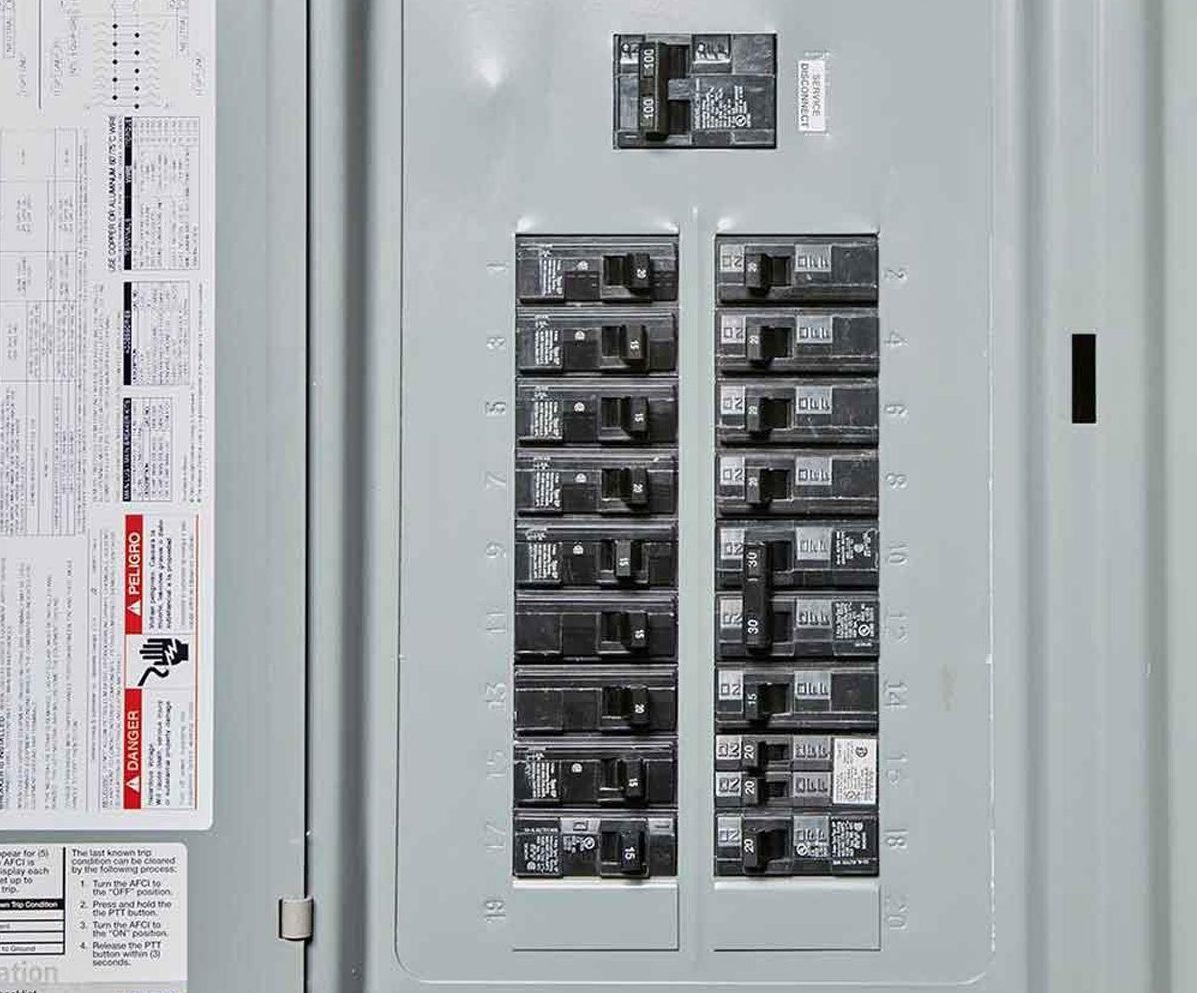
Locate the electrical panel
Find the electrical panel so you know where to shut of the power to your whole house or an individual circuit. You’ll usually find the main circuit breaker panel—a gray, metal box—in a utility room, garage or basement. Don’t worry about opening the panel’s door. All the dangerous stuff is behind another steel cover. Behind the door is the main breaker for the entire house (usually at the top of the panel) and two rows of other breakers below it, each controlling individual circuits. If you’re lucky, there will be a guide that indicates which outlets and receptacles are served by each circuit.
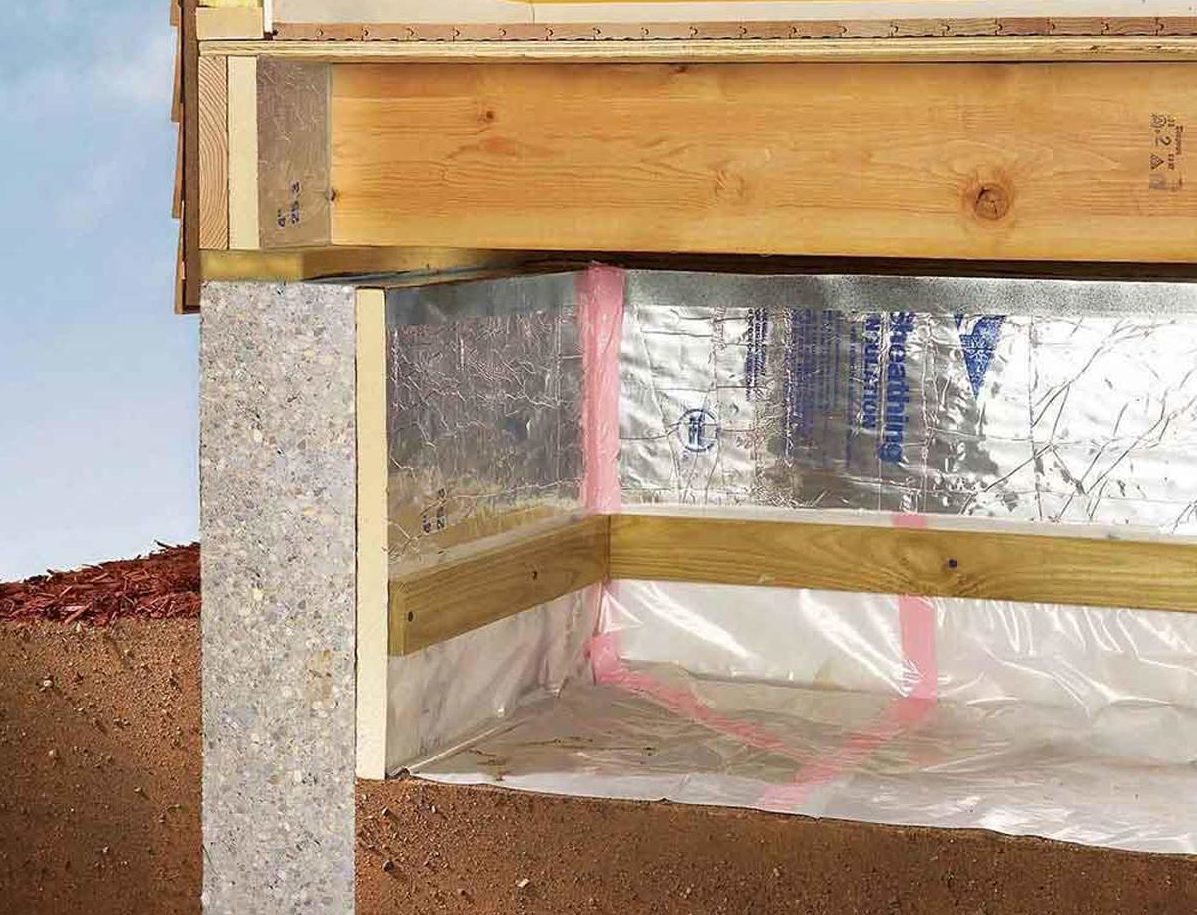
Inspect crawlspaces and the attic
It’s good to familiarize yourself with the farthest corners of your home. Check for leaks, bugs, mold, and other issues that you should address sooner rather than later.
Check out these 20 things to do with ammonia.

Make one room a sanctuary
You won’t be able to make all of the home improvements you want to make right away, and it’s best to live in your home for at least a couple of months before starting any major projects. Something that seems like a must-do when you first move in might quickly fall to the bottom of the wish list after you’ve actually lived in your home for awhile. So choose one room that doesn’t require too much work and make that space your new-home getaway. You’ll have a place, in your colours and style, where you can relax and dream about the day when every room in your home is just the way you want it.
Lazy people will love these 11 brilliant cleaning shortcuts.
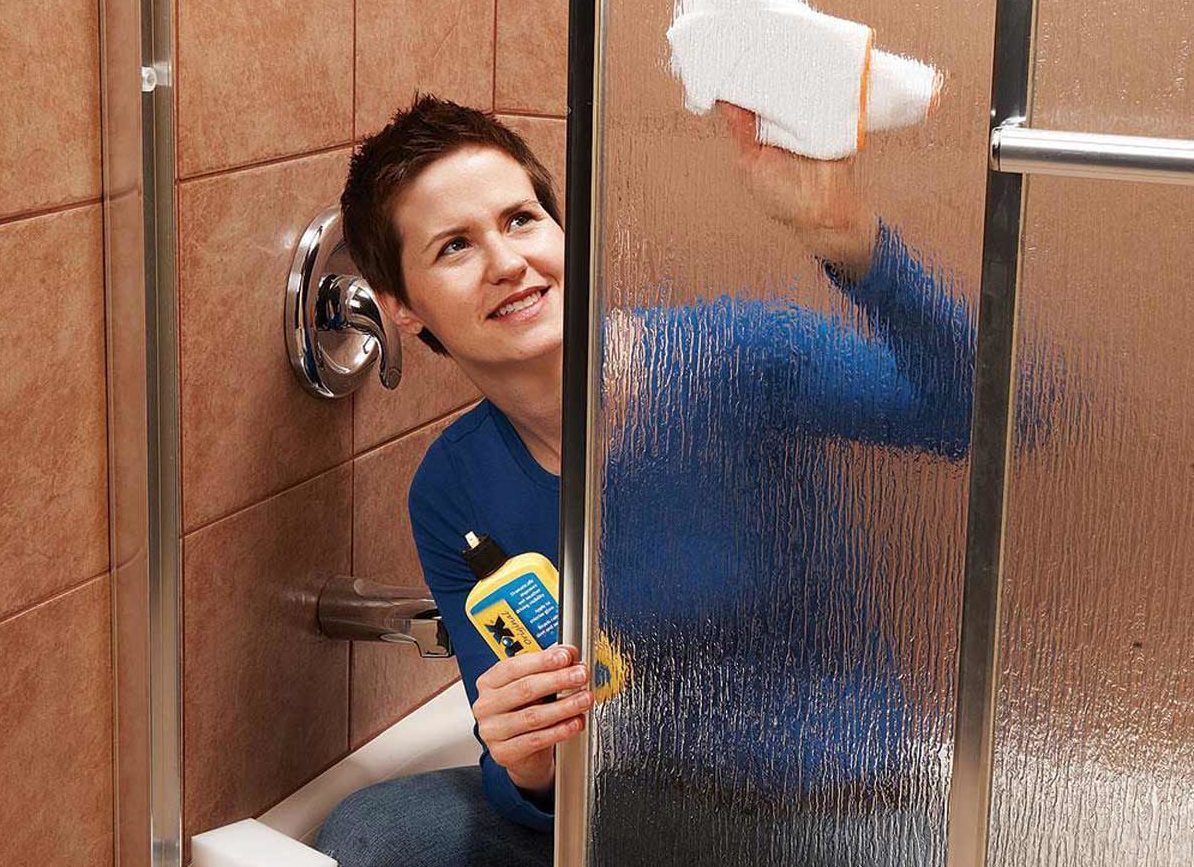
Clean!
If you already keep a clean house, simply keep up the good work, checking to make sure you don’t overlook little-used closets and other nooks and crannies that aren’t part of your weekly routine. This needs to be a deep cleaning. For the rest of us, it’s time to get serious. Start at the top (the attic or second-story rooms) and work your way down. Clean ceiling light fixtures first, scrub walls and woodwork, and finish with floors. As you work your way from top to bottom, don’t leave one area until it is completely clean, and then move on. Don’t drag dirt from one area back into the place you just cleaned. Here are some easy ideas on cleaning.
You’ll want to steal these 16 genius cleaning hacks from professional house cleaners.

Meet the neighbours
It’s wise to reach out and extend a friendly gesture to your neighbours as soon as possible. You want to know those around you so that everyone can look out for each other. It’s hard to know if a situation is suspicious if you don’t know the people involved. Establishing yourself in your neighbourhood can also give you access to inside information, like who’s the best plumber in the area and which roofing company to avoid. Even if you’re an introvert, you’ll be happiest if you’re in good standing with your neighbours.
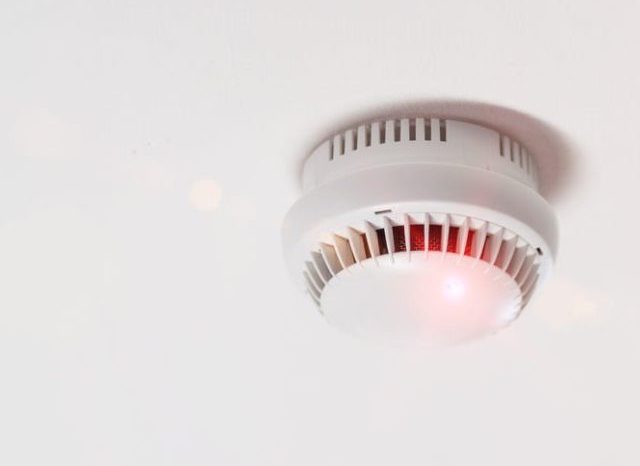
Check smoke and CO detector dates—and replace as needed
It’s important that you know where your smoke and CO detectors are located and that you make sure they are working. Smoke alarms may be the cheapest, easiest, and most effective means for protecting your family and your home from a fire, as long as they’re functioning.
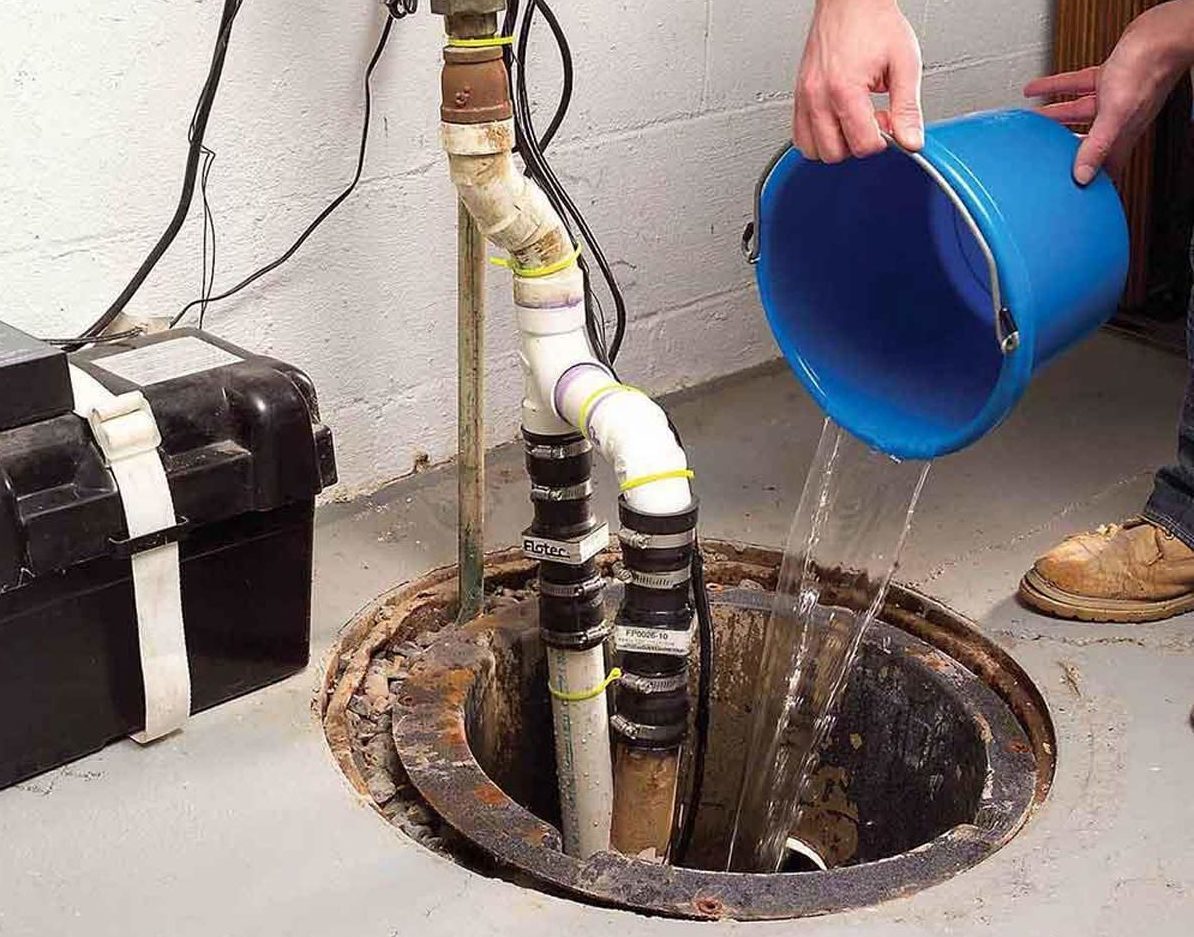
If you have a sump pump, does it work?
It’s easy to forget about your sump pump, but it’s important to make sure it’s in good working order. If you don’t, you could end up like the homeowner who returned from a weekend trip to discover his entire basement floor covered in half an inch of water. After shutting down the power, he waded over to the sump pump and noticed it wasn’t working. Upon closer inspection, he realized that the cable attached to the float must have gotten tangled somehow. It took him two seconds to untangle the cable, and then he spent the next 15 hours dragging out waterlogged carpet, running the wet/dry vac, and moving fans around. To avoid a similar disaster, be sure your pump has a vertical float switch. Also, check your pump at least a couple times a year by dumping water into the basin to make sure everything is working properly.
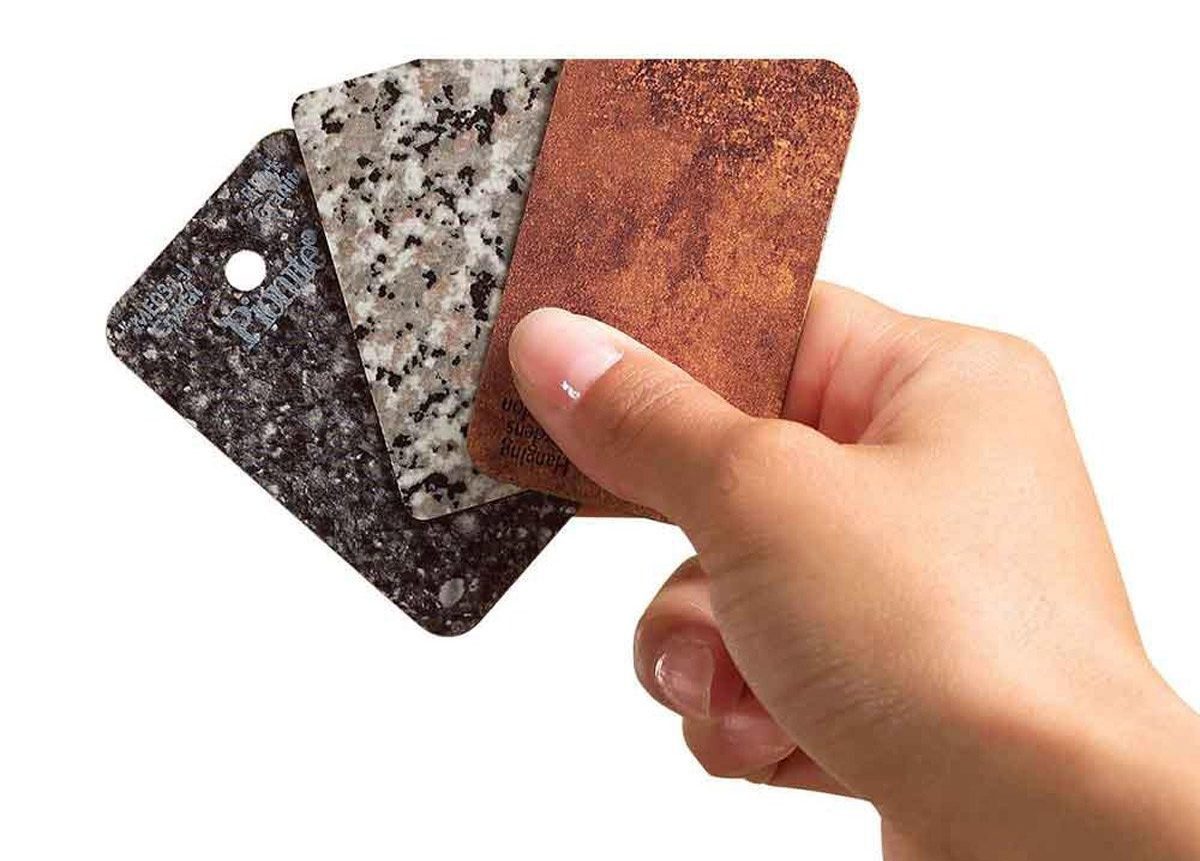
Start a sample file
It’s tempting to keep all of your home-related information stored in the cloud. However, for samples of paint, fabric, tile, plastic laminate, etc., it’s better to keep an actual physical sample. Trying to work with colours rendered on your phone can lead to mistakes that can be costly. All you need is a simple accordion file or even a small box with a lid. When you’re heading out to shop for accent pillows and a throw, grab your sample and go!
Here are the 10 most popular paint colours in Canada.
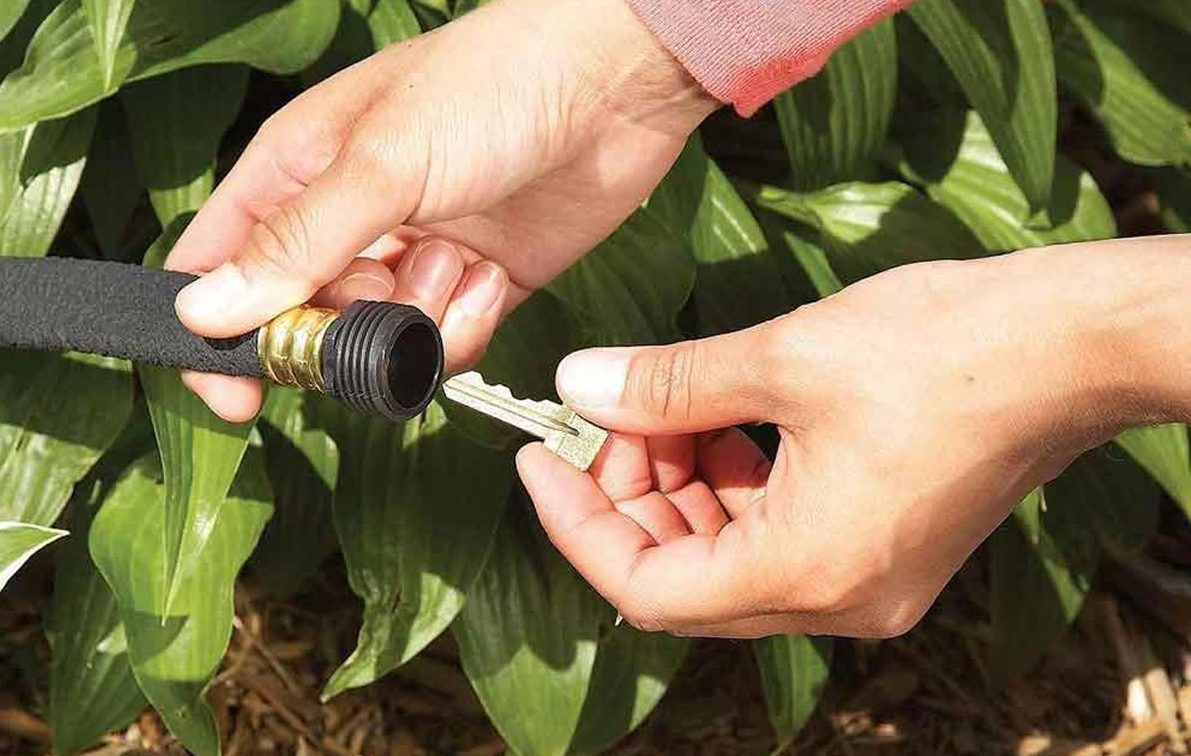
If you don’t have keyless entry, hide a key
If you don’t have keyless locks, be sure to hide a house key so you don’t get locked out. Consider a location other than under the welcome mat, like in a garden hose or under a flower pot.
Protect your house against burglars with these FBI-approved tips.
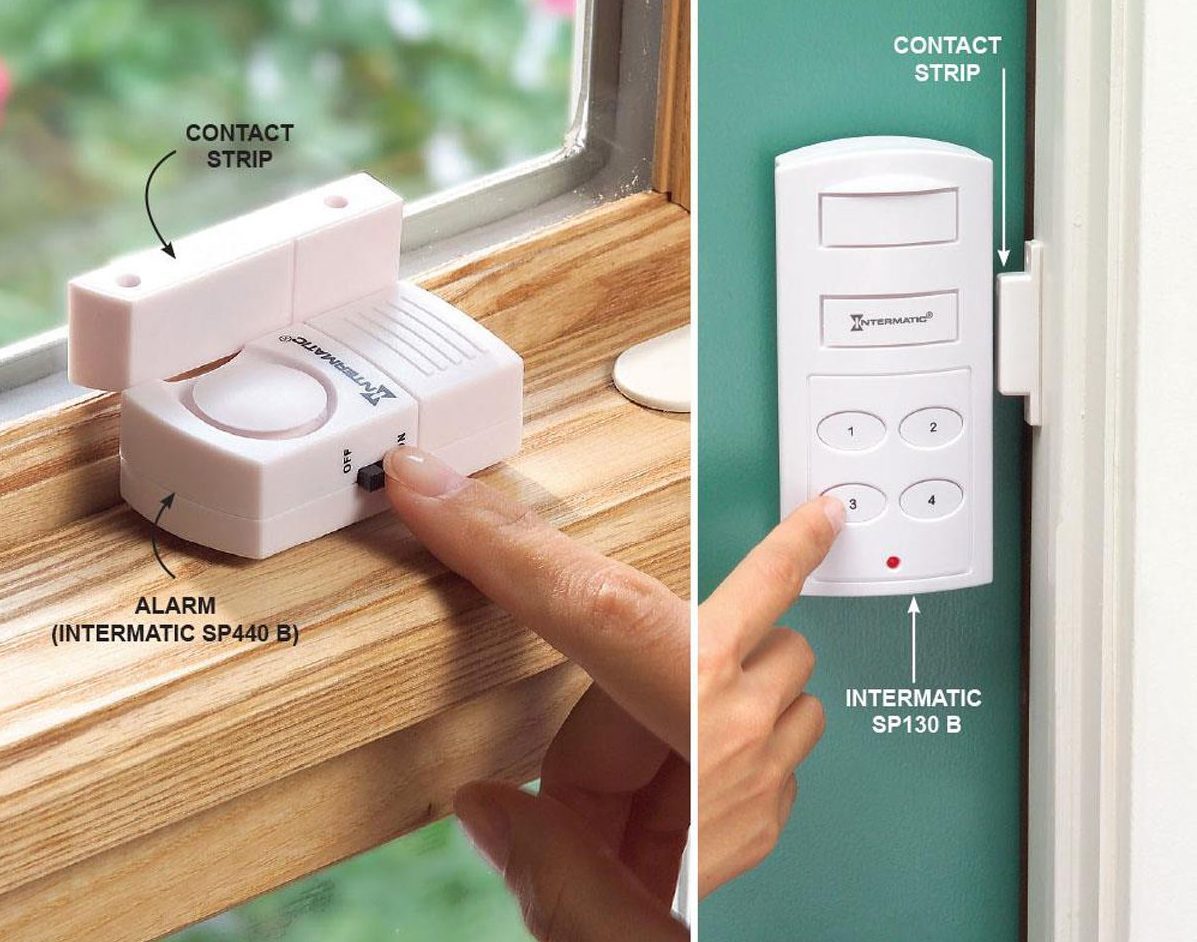
Add inexpensive door and window alarms
Keeping doors and windows locked is your first line of defense. Make wireless alarms your second. Burglars hate noises, so even a small alarm usually sends them running. The alarms are available at home centres. The alarms don’t provide the same security as pro-installed monitored systems because the wireless devices are activated by doors or windows opening (not glass breaking). Use the alarms for doors and windows in “hidden” areas of the house where you don’t normally gather and that are often dark.
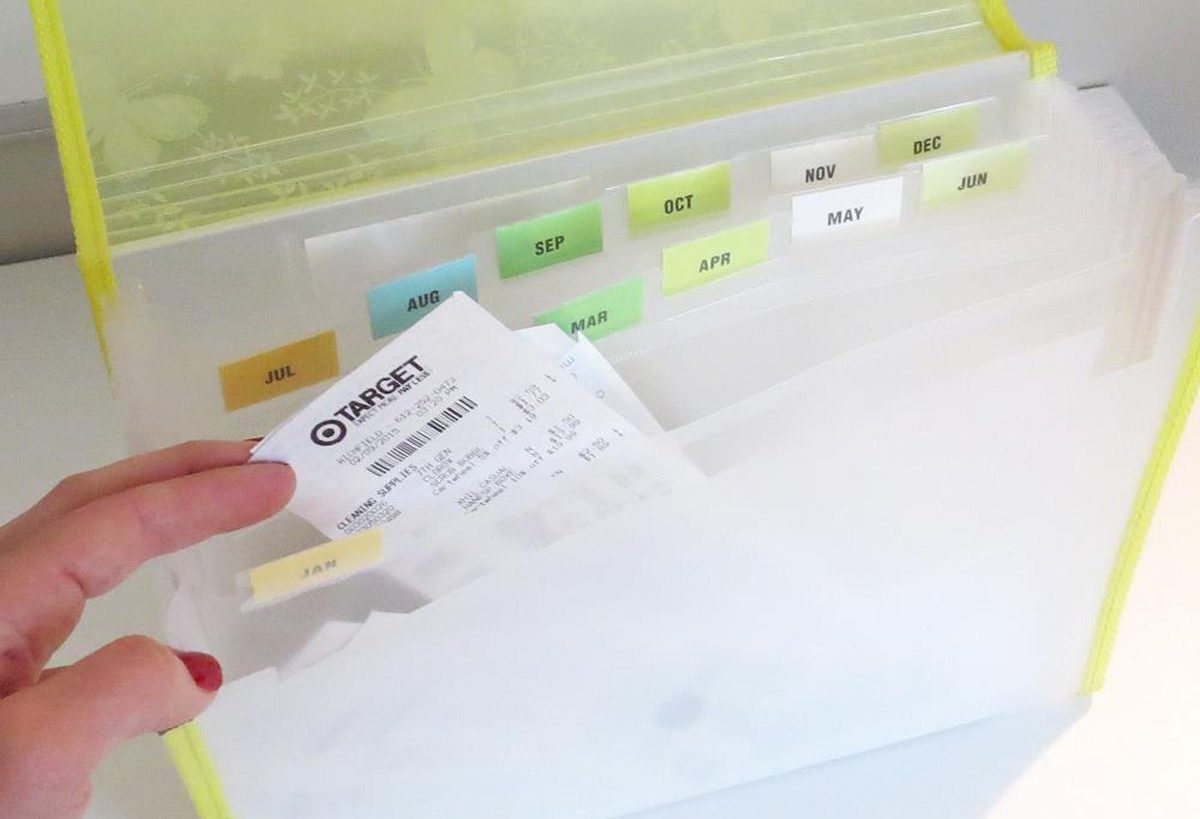
Make a homeowner’s journal
Buy a ring binder and keep insurance papers, repair receipts, and all other paperwork pertaining to the house in it. Storing all your house information in one handy place makes life easier for the homeowner and can be a sales “plus” when selling the house later.
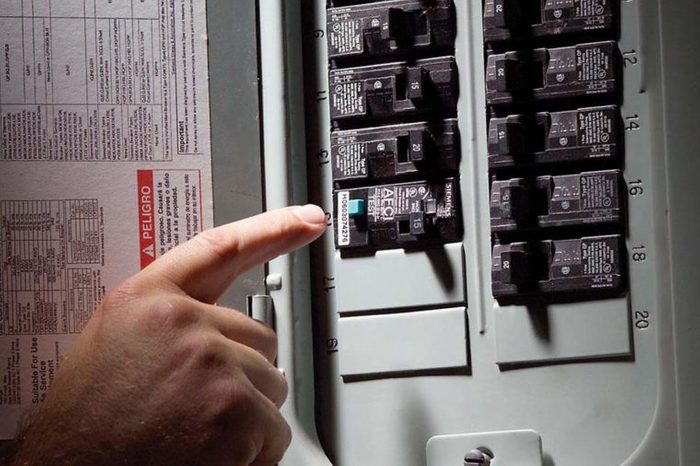
Set up utilities
If possible, transition utility accounts to your new address, and set up all installation appointments as close to move-in day as you can.
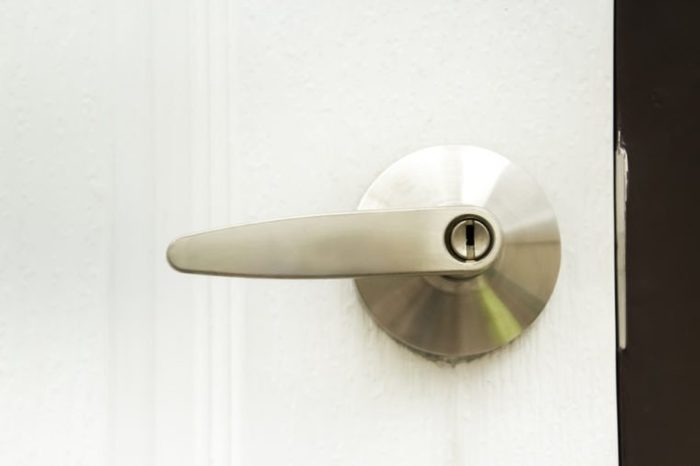
Change the locks
It’s a small price for piece of mind. Even if the previous homeowners have handed over their set of keys, there’s no telling who else might still have one. A dog walker, a cleaning lady, a babysitter or family member? It’s easy to imagine someone still having access into your new home, so changing the locks soon after moving in will give you security and piece of mind. Same goes for garage door codes.
Beware of the sneaky ways burglars can break into your house.
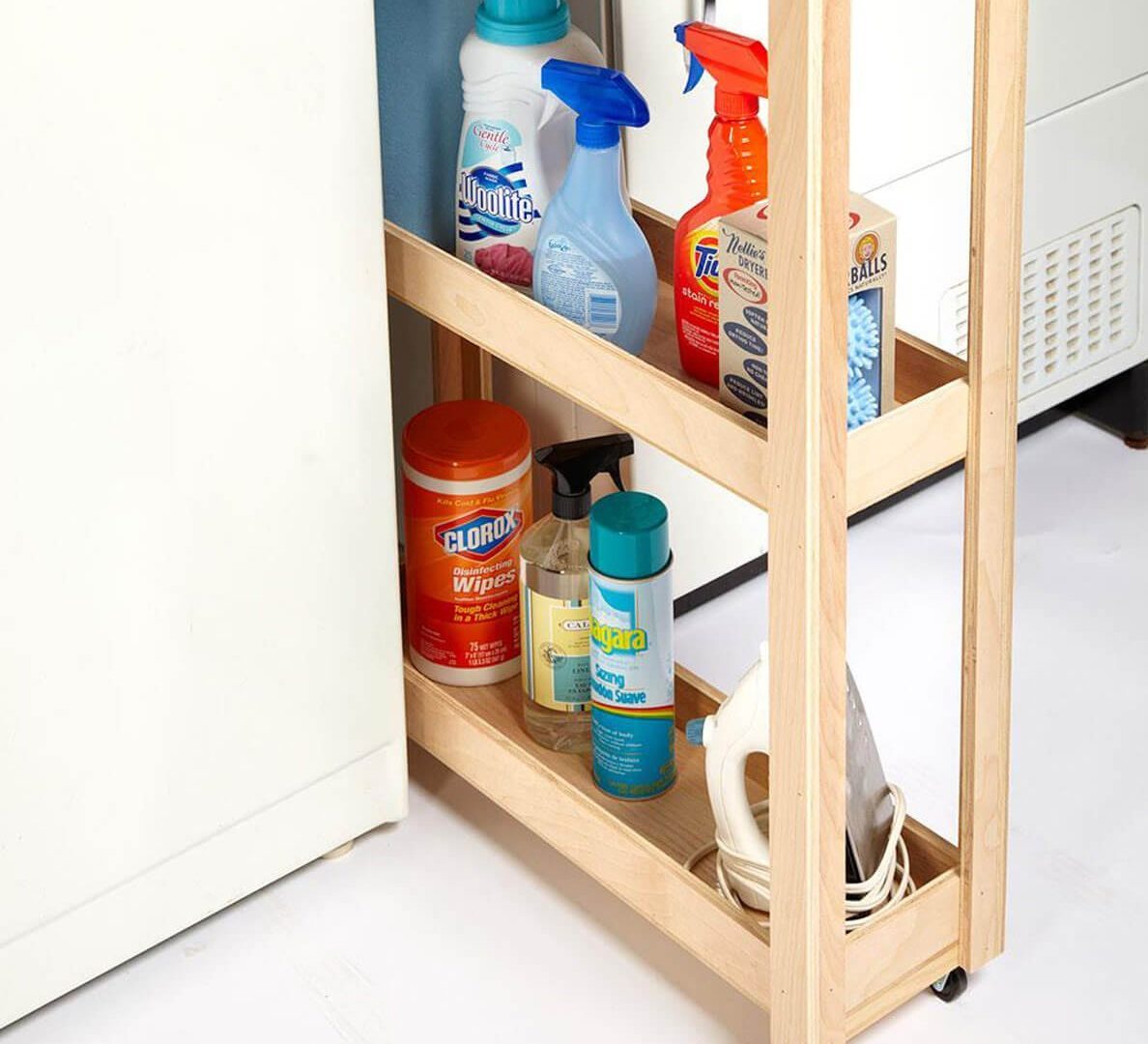
Start small
You’ve likely got a long list of projects you’d like to complete in your new home, but if you haven’t taken on a large home project before, it’s best to start small and work your way up so you can learn from mistakes in less important places. Try updating the laundry room, installing a closet system before moving on to a bathroom remodel, or adding new flooring.
Check out these bathroom renovation tips from the experts.
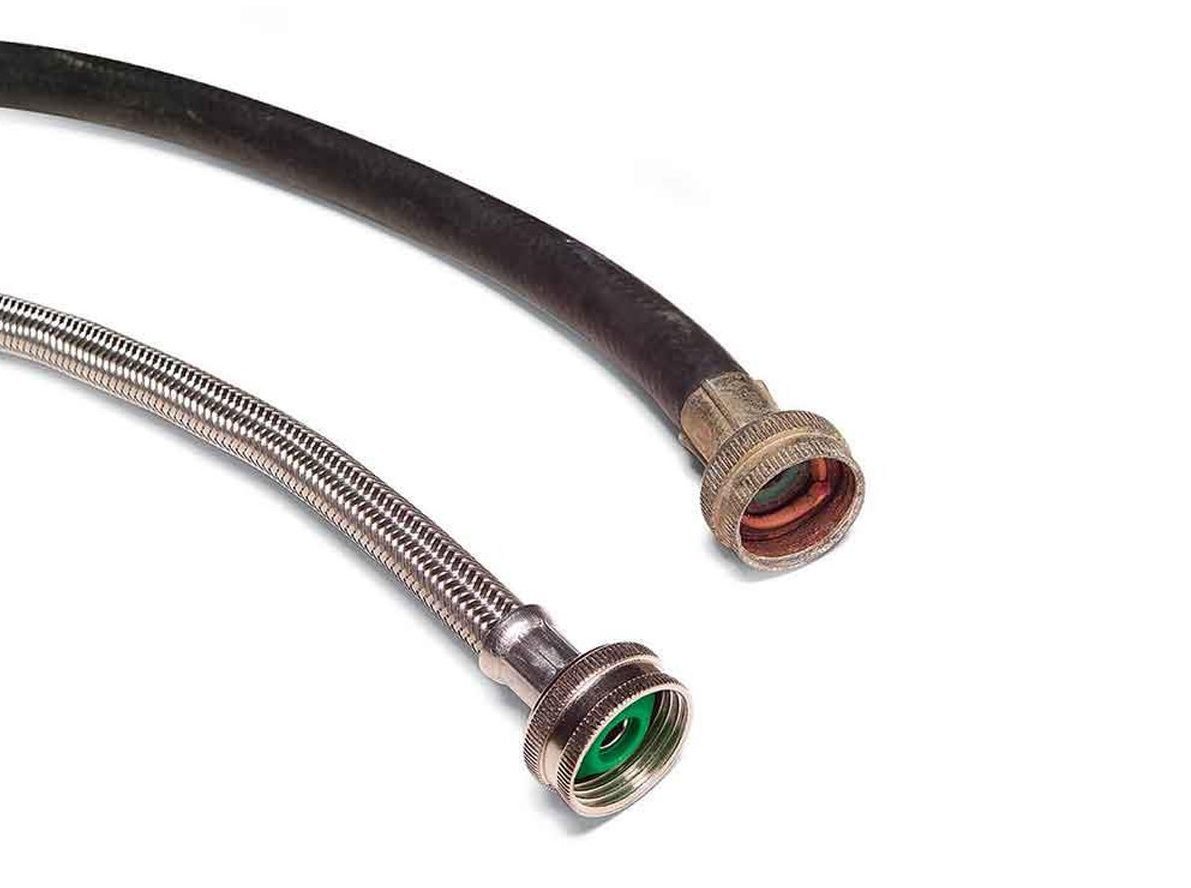
Within the first six months
These are additional things you don’t need to do immediately, but doing them keeps you ahead of potential problems:
- Install a whole house surge protector to prevent your plug-in electronics from voltage surges.
- Replace traditional rubber washing machine hoses with no-burst hoses to prevent a costly flood.
- Flush the water heater to remove sediment that reduces efficiency.
Next, read about the 13 things home inspectors secretly want to tell you.